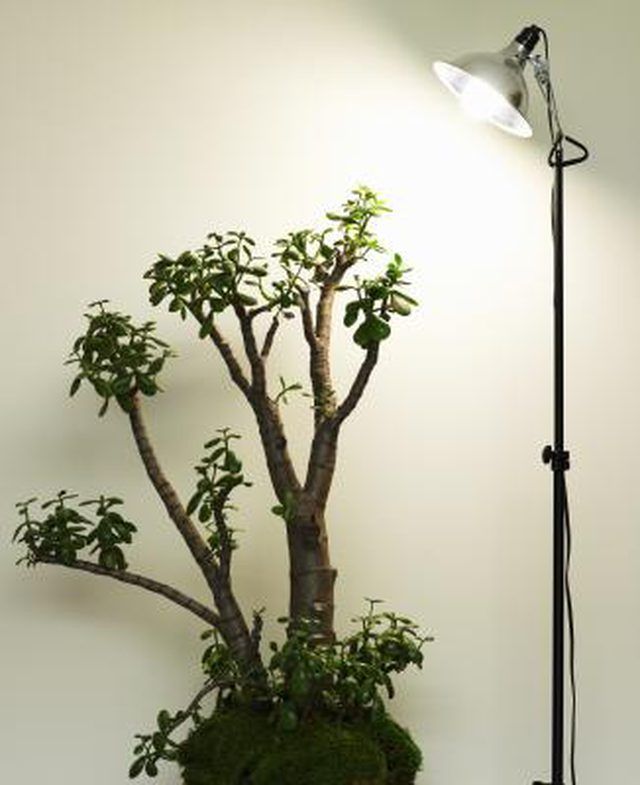Bulbs
Flower Basics
Flower Beds & Specialty Gardens
Flower Garden
Garden Furniture
Garden Gnomes
Garden Seeds
Garden Sheds
Garden Statues
Garden Tools & Supplies
Gardening Basics
Green & Organic
Groundcovers & Vines
Growing Annuals
Growing Basil
Growing Beans
Growing Berries
Growing Blueberries
Growing Cactus
Growing Corn
Growing Cotton
Growing Edibles
Growing Flowers
Growing Garlic
Growing Grapes
Growing Grass
Growing Herbs
Growing Jasmine
Growing Mint
Growing Mushrooms
Orchids
Growing Peanuts
Growing Perennials
Growing Plants
Growing Rosemary
Growing Roses
Growing Strawberries
Growing Sunflowers
Growing Thyme
Growing Tomatoes
Growing Tulips
Growing Vegetables
Herb Basics
Herb Garden
Indoor Growing
Landscaping Basics
Landscaping Patios
Landscaping Plants
Landscaping Shrubs
Landscaping Trees
Landscaping Walks & Pathways
Lawn Basics
Lawn Maintenance
Lawn Mowers
Lawn Ornaments
Lawn Planting
Lawn Tools
Outdoor Growing
Overall Landscape Planning
Pests, Weeds & Problems
Plant Basics
Rock Garden
Rose Garden
Shrubs
Soil
Specialty Gardens
Trees
Vegetable Garden
Yard Maintenance
How to Cure Root Rot in a Jade
How to Cure Root Rot in a Jade. The jade plant (Crassula ovata) is a pleasant succulent often grown indoors as a houseplant. For the most part, jade plants are an easy-growing species. Give them a nice patch of sunlight and they'll grow happily with little attention from you. In fact, too much attention is bad for them. Over-watering can give your...

The jade plant (Crassula ovata) is a pleasant succulent often grown indoors as a houseplant. For the most part, jade plants are an easy-growing species. Give them a nice patch of sunlight and they'll grow happily with little attention from you. In fact, too much attention is bad for them. Over-watering can give your jade plant a bad case of root rot. This virulent plant disease eats away at jade plant roots quickly. By the time the leaves start to yellow and die, the damage is extensive. You must act quickly to save your plant.
Things You'll Need
Pruning shears
Isopropyl alcohol
Rag
Pot
Succulent soil
Grip your jade plant by its base to pull it out of its pot. If the jade plant is quite large, first place the pot on its side and pull the plant out sideways. Don't force the jade plant. If it won't come out easily, knock on the sides of the pot with the palm of your hand to loosen the soil.
Brush and knock the potting media away from the jade plant's roots. Work outside or over newspaper to contain the mess.
Examine the jade plant's roots. Prune any that are mushy, black and/or foul smelling. Wipe your pruning shears off with an alcohol-moistened rag before the first cut and after each subsequent cut. Make the pruning cut roughly 1/2 inch beyond the infected portion into healthy root tissue to be sure you remove it all.
Plant the succulent in a new pot, 1 to 2 inches larger in diameter than the first. The pot must have drainage holes in its bottom. Use fresh succulent potting medium. Make sure the plant sits at the same height in the soil as it did before.
Wait one month or until your jade plant's leaves start to shrivel before watering again.
Tips & Warnings
Proper watering practice is the key to preventing root rot. As a general rule, your jade plant only needs water once monthly or whenever its leaves look and feel dry. When you do water, keep going until you see water dripping out of the drainage holes in the bottom of the pot.
Depending on the extent of the damage, your jade plant may not survive. After you re-pot, take a few leaves and plant them in small pots. They will eventually send down roots and grow new jade plants identical to the first.
Most gardens sell succulent and/or cactus soil. These soils are ideal for jade plants. Regular potting or garden soil retains too much water to support succulent growth.